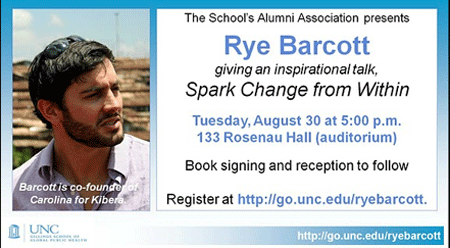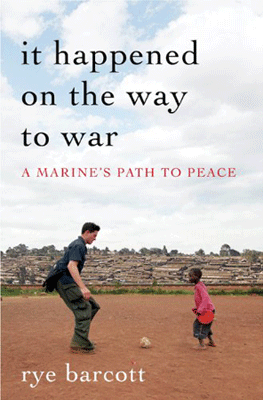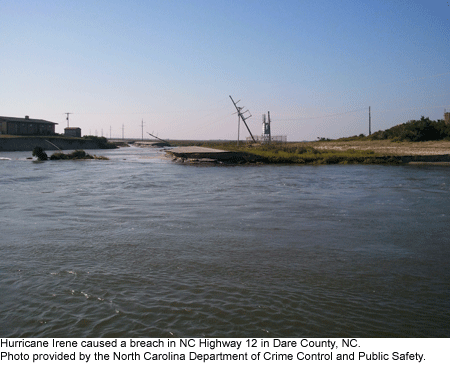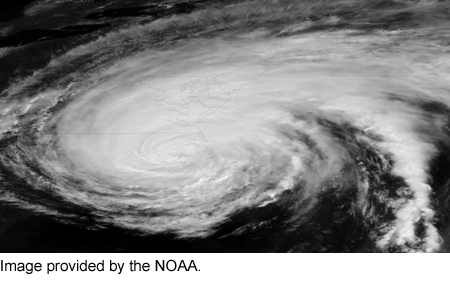Related Posts
var a2a_config = a2a_config || {};
a2a_config.linkname = "School starts; Irene hits";
a2a_config.linkurl = "http://mondaymorning.web.unc.edu/2011/08/29/school-starts-irene-hits/";
The new school year started great. Felicia Mebane, assistant dean for students, did a fabulous job of rousing everyone during orientation. I’m so proud of her, our student services managers, chairs, associate deans, and student leaders. We have an amazing team, and our students are fabulous. Their participation at orientation showed they have a lot of spirit too!
Before school started, a friend asked me if I was sad that school was starting. Not at all! Although the summer went way too fast, our atrium is so energized when the students return, and the rhythm begins again.

 I’ve been reading Rye Barcott’s book, It Happened On the Way to War. Rye is a UNC alumnus who started an awesome organization in Kenya’s slums, Carolina For Kibera. Rye is a former marine with master’s degrees in public administration and business and an undergraduate degree from UNC. His saga is powerful testimony to what a young person can achieve when he or she perseveres, is unafraid, has healthy naiveté about potential risks and is passionate about a dream. I cannot imagine spending nights in the Kibera camp where over 200,000 people lived with filth, rats, diseases that stole the lives of children and old people, violence, boredom and starvation. Barcott also shared instances of remarkable kindness and generosity that occurred at Kibera.
I’ve been reading Rye Barcott’s book, It Happened On the Way to War. Rye is a UNC alumnus who started an awesome organization in Kenya’s slums, Carolina For Kibera. Rye is a former marine with master’s degrees in public administration and business and an undergraduate degree from UNC. His saga is powerful testimony to what a young person can achieve when he or she perseveres, is unafraid, has healthy naiveté about potential risks and is passionate about a dream. I cannot imagine spending nights in the Kibera camp where over 200,000 people lived with filth, rats, diseases that stole the lives of children and old people, violence, boredom and starvation. Barcott also shared instances of remarkable kindness and generosity that occurred at Kibera.
Rye speaks at the SPH Tuesday afternoon August 30th.
I read more than usual over the weekend, because I stayed home Saturday afternoon as the winds raged outside our house in Chapel Hill. Fortunately, Chapel Hill was spared, but the Outer Banks and other NC areas were not so fortunate. Family and friends were evacuated from NYC and bailed water out of homes and businesses in PA, CT, and elsewhere. We remembered Hurricane Fran (1996) when 30 trees fell on our home, and we were without power for almost two weeks. It was much worse for many other people, and the same is true this time.
This map showing numbers of homes and businesses without power is a great use of visualization.
It’s unfortunate that in the future, when storms and other natural and man-made disasters occur, some of the country’s preparedness infrastructure will have disappeared. After September 11, 2001, the Centers for Disease Control and Prevention funded two different kinds of preparedness centers based in schools of public health. Some centers provided training in their regions; others did research. We have both centers through our North Carolina Institute for Public Health: UNC Center for Public Health Preparedness, and Southeast Public Health Training Center. CDC plans to terminate the centers September 30, 2012. Our centers’ budgets this year were cut about 40%. Taking away these programs removes critical tools from the country’s preparedness arsenal. Training first responders and others isn’t a one-time activity. 
There’s so much we don’t know about how to respond: practical research is essential. Like public health in general, no one may notice the disappearance of these centers until the next disaster strikes. Then, it will be too late — a very short-sighted way to save a relatively small number of dollars.
Best wishes to everyone. My heart goes out to people whose lives and homes were affected by the hurricane.
Happy Monday. Barbara
